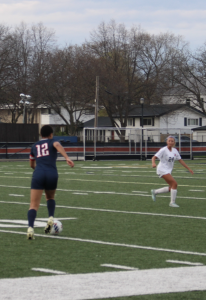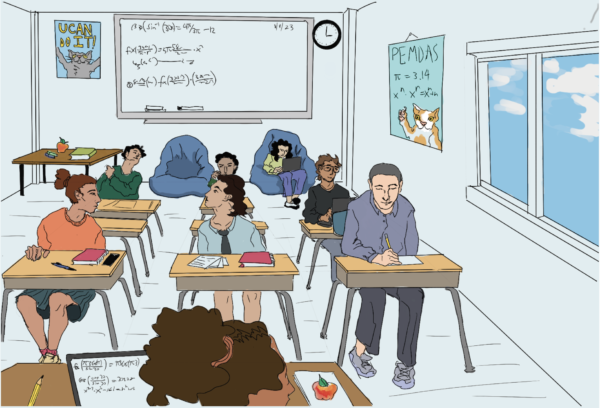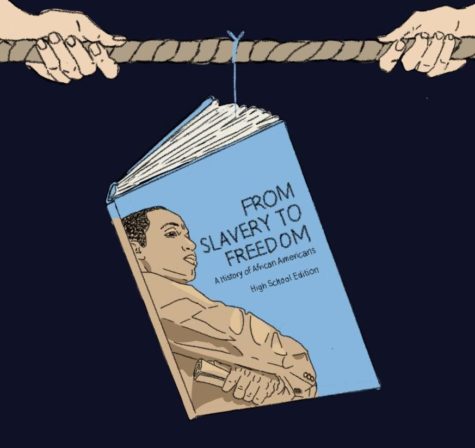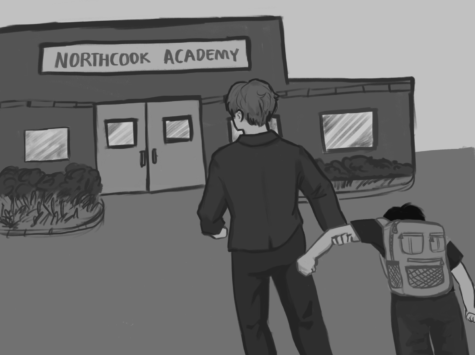School budget in question
October 5, 2016
For years the school has been a safe haven from the constant stream of bad news pouring out of Springfield, but this may come to an end soon.
Budget cuts, the likes of which have never been seen in Illinois’ districts, have been rolling out to combat at an ever growing pension crisis.
The issue is a stalemate in Illinois government on passing a new budget, and it’s likely that state districts will have to wait until the November elections to get a clear vision of where the state’s education policy is heading.
Governor Rauner passed a stopgap budget to ensure that schools opened in Aug., but this is still far from a comprehensive budget plan. With all of this bad news coming from the State of Illinois, students need to be aware that these cuts could impact their own district and education.
Along with the stopgap budget, Rauner also proposed a new funding formula that could potentially reduce our school’s state financial aid by over two million dollars. In addition, the formula will shift from state pensions to local district pensions, which would drain the budget an additional two million dollars and make it the district’s responsibility to pay for up to eight percent of teacher pensions.
This past February, William Stafford, the now retired Chief Financial Officer for the school, delivered some bad news when he stated that the district’s financial future was very uncertain. Unfortunately, the school was not chosen to receive interest free bonds. The good news is that the school still has a low interest rate on loans, meaning the district can continue to improve the school even though the loan was rejected. Mary Rodino, the long time vice CFO who was recently appointed CFO in Stafford’s absence, also shared her perspective on the potential budget cuts.
Rodino explained that she doesn’t think that the potential four millions dollars of cuts would be implemented all at the same time.
“Worst case scenario is if these cuts were phased in slowly, we would have money saved for the first year or two,” Rodino says. “But after this period, if the issue isn’t solved, staffing reductions could come into play.”
Rodino also mentioned the possibility that the creation of new clubs would have to be reduced. She also added that the school could add upwards of one and a half million dollars in 2019 when a local TIF (Tax Increment Financing) district in downtown Evanston becomes taxable. This could alleviate many of the possible issues that would be brought by those four million dollar budget cuts.
“We would look at everything from activities to athletics and fine arts,” Rodino finally added if the school didn’t receive enough funds.
While the school is certainly not in the best financial position, its finances are still stable. The school just approved a new 84 million dollar budget, which is actually an increase from last year. This increase is meant to cover the 1.86 percent salary bump during the 2016-17 school year. Still, the school and district need to be concerned about potential budget cuts in the future.
















